Sago palm tree (Cycas revoluta) is an exotic, indoor plant originated from the Ryukyu Islands and Southern Japan, which doesn’t require too much effort for successful growth. In the US, you can grow this beautiful plant in your garden only if you live in the Southern States because this tropical tree needs high temperatures.
Since you can grow it quite effortlessly, this plant is a perfect choice for novices. In fact, it is not a real palm at all, but a cycad, the ancient tree related to conifer trees, which dates back to the Mesozoic era. If you take care of it properly, the mature plant may reach more than 10 feet (3 m) high.
How to Plant Sago Palm Tree in Your Garden
Nowadays, we know about more than 300 species of cycads, but botanists are still discovering new ones all over the world. Unfortunately, the destruction of their native habitats is fatal to these living fossils. However, more and more people grow this amazing prehistoric genus in an attempt to save it of extinction.
If you decide to grow this tree in your house or garden, you will enjoy its impressive stature. I adore their thick stems with broad crowns of leaves and large, conical fruits (strobilus) which develop from the palm’s central crown.
Additional values are the facts that this tree is hard, grow for decades, and have small roots which won’t disturb surrounding plants.
Keep in mind that the Sago palm tree is dioecious, which means that you can find both female and male plants. Also, it is gymnosperm, meaning ‘naked, unenclosed seeds.’ It is an interesting phenomenon that seeds stay opened for fertilization after fruiting.
I have a severe warning for you! This plant is gorgeous, and many people beautify their gardens and homes with its present. However, you should always keep in mind that its parts are highly toxic!
Therefore, you should protect your children and pets from neurological disorders which may occur after ingestion of seeds (nuts) and leaves containing the neurotoxins Cycasin.
Reasons against Planting a Sago Palm
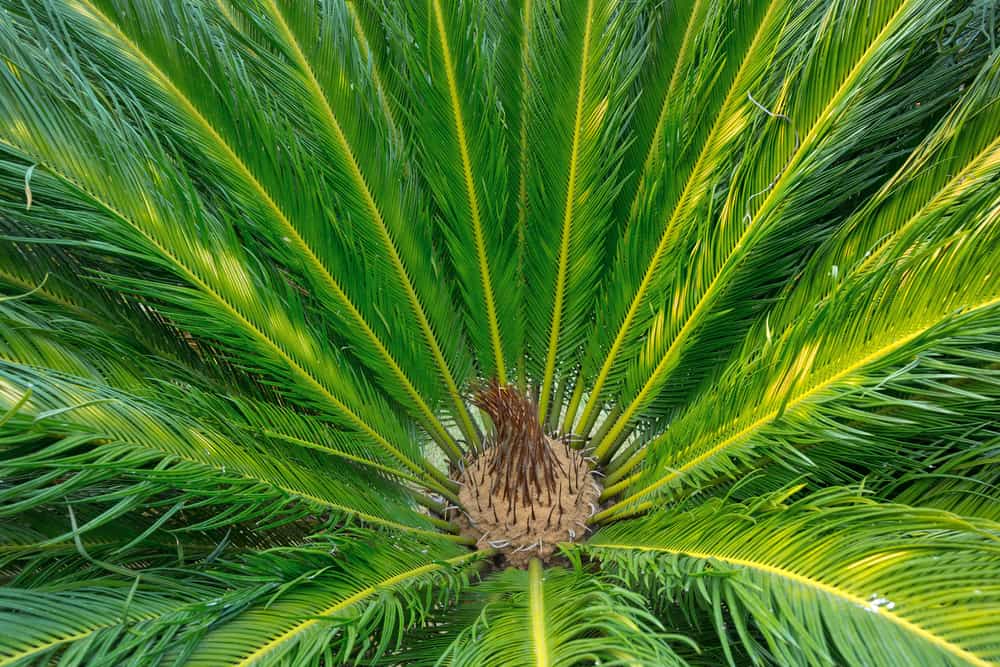
- It is quite challenging to care
- If you are not a persistent person, Sago palm tree is not for you since it lives for decades
- It is a tree. Therefore, you should know that it will become bigger over time
- It requires hard work, including chopping off the pups and cutting off the old foliage every single year
- It is needle-sharp, poisonous, and potentially dangerous plant
- There is no way to recycle its debris
- You can’t get rid of it quickly if you change your mind
Sago palm tree is not a fashion. It is a lifetime commitment. Use it only if you love this fantastic plant and want it in your yard forever.
The Difference between Male and Female Sago
The king Sago
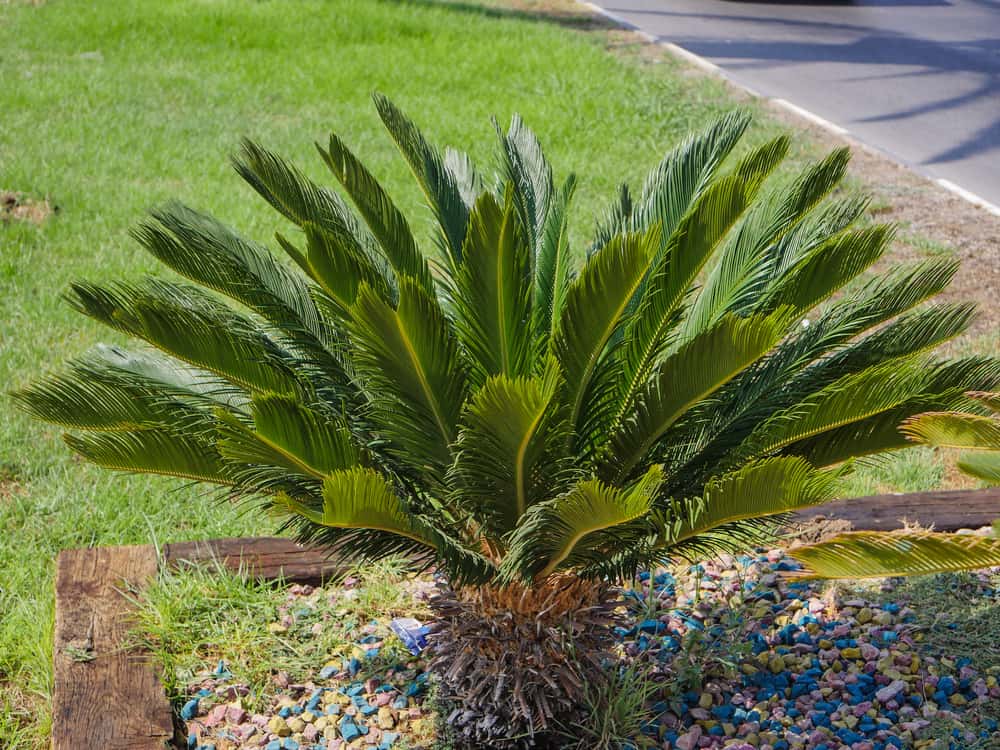
It is a male palm which branches out or makes new crowns as soon as becomes big enough and establishes 2 to 3 feet (61 – 91 cm) thick trunk. You can expect to see that about 15 years after planting your tree. Surprisingly, they are smaller than the female palms and can reach up to 8 feet (2.4 m) in height.
The queen Sago
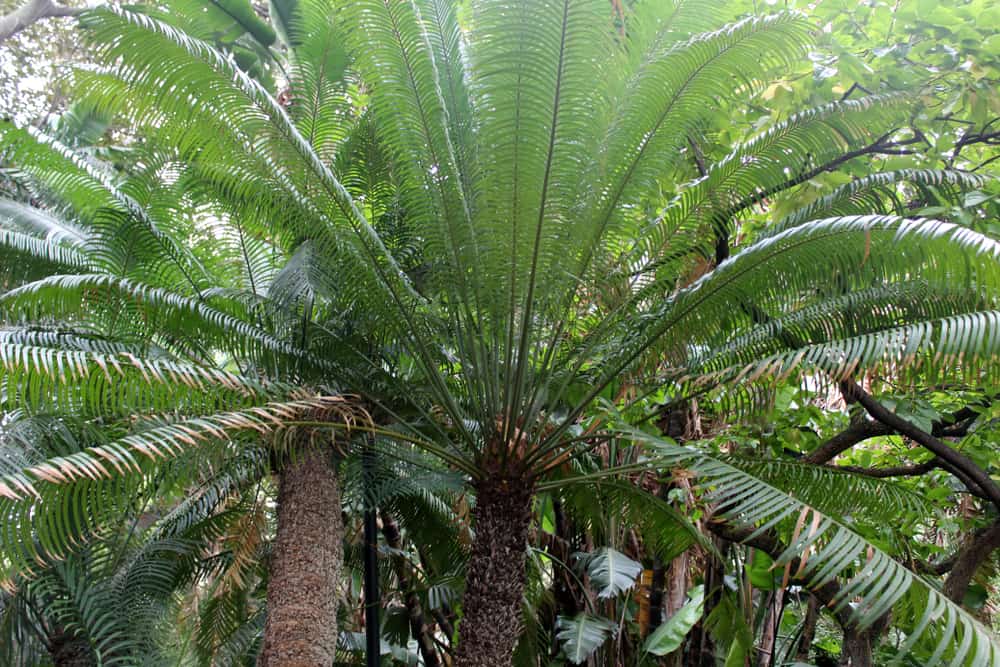
It is a female palm which will become higher each year. You can expect your palm reaches 15 feet (4.6 m) in height and impressive 12 feet (3.6 m) in width.
They produce toxic seeds, and you should keep your children and pets away from this tree. Also, there is no need to clean the seeds every year. Just let the new crops of leaves, which will appear next year, push them under.
How to Plant Sago Palm Tree in Your Garden
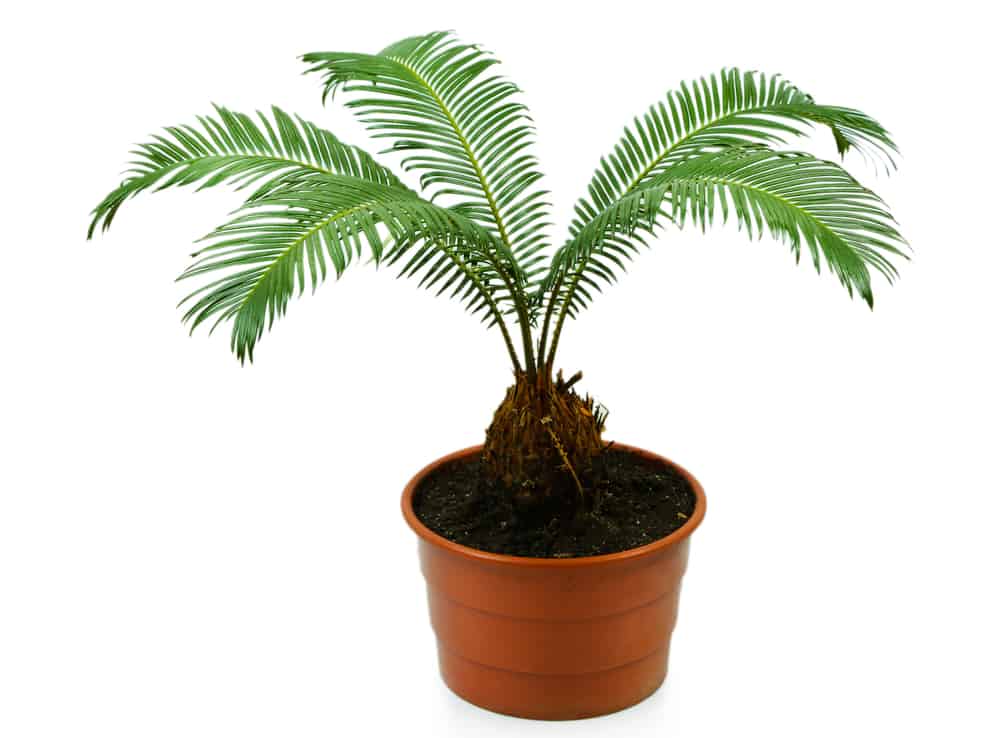
You should know that pollination is possible just if there are female and male plants nearby. You can expect the appearance of the first flower with seeds after 15 years if you grow your palm outdoors. After that moment, your Sago will bloom once every three years.
To get seeds capable to germinate, the male flower must pollinate female one. You need to use that 2 inches (5 cm) long, pollinated seeds to grow a new plant in your garden.
Always plant previously soaked seeds in a small pot and wait for them germinate. Put the flat side up into the ground, with one-third of the seed above the surface. Water the soil well and cover it with plastic to keep it warm and moisture.
Your seeds will need the temperatures of 70 to 100 F (21 – 38 C) to germinate, but be aware that you may wait three months to see it grow.
Transplant your baby palm in the yard in early spring three years after planting. You can do that just if you live in a warm region, and the root system of your palm is strong enough. If you like those palms, but can’t provide ideal conditions for them, you may consider growing bonsai.
How to Care Sago Palm Tree
Soil
Sago palm tree prefers growing in well-drained soil. If your garden contains too much clay or sand, you can solve that issue by adding quality fertilizer or compost.
Light
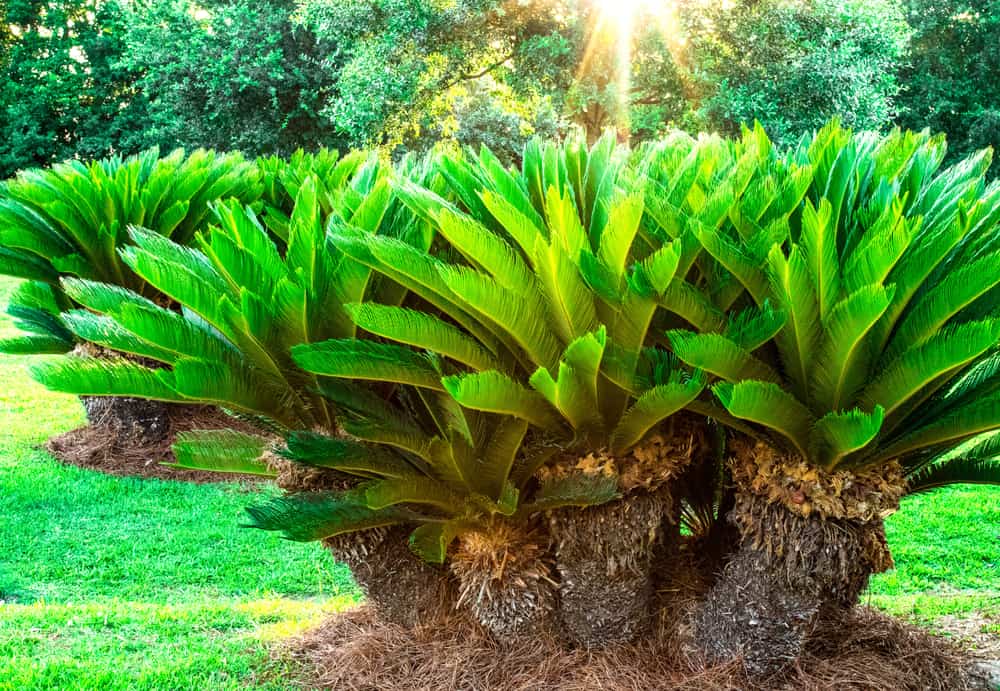
If you grow your Sago plant tree outdoors, it should be planted at the place with the full sun with enough daylight and excellent airflow for healthy and vigorous growth.
However, even though it enjoys growing in full sun exposure and needs at least 5 to 7 hours of direct sunlight a day, it would be better if you place it in a partially shaded spot.
By providing excellent morning sun and partial shade during afternoons, you will save the plant’s foliage of burning at direct sunlight. As a result, it will become bigger, healthier, and more abundant.
Temperatures
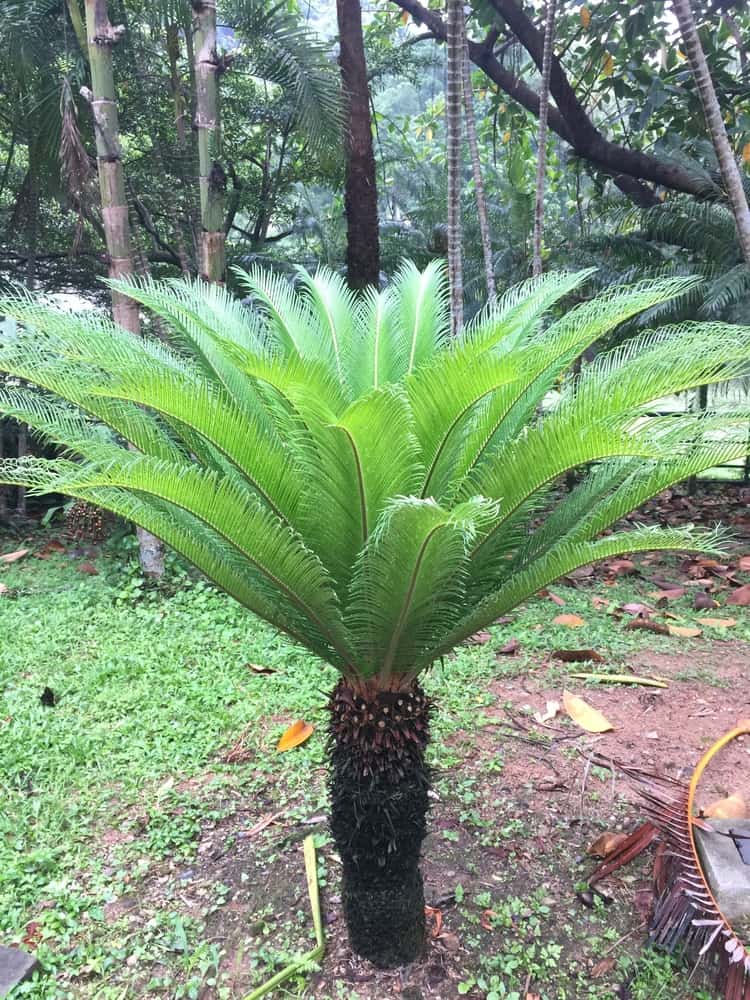
Unless you live in the South, you will need to keep your palm indoors throughout winter. Even though it is a hardy plant, it can’t withstand the freezing conditions.
The ideal daytime temperatures for its growth are 80 to 90 F (26.5 – 32 C) during a day and 50 to 60 F (10 – 15.5 C) at night. On the other hand, your Sago can tolerate brief periods of temperatures not lower than 40 F (4.5 C).
Watering
Your Sago plant tree won’t tolerate too moisture ground. It prefers well-drained soil, and overwatering will probably cause root rot. To avoid the death of your plant, let the soil dry between two watering.
In the very beginning, while your palm is still young, you need to water it regularly. After the first year, it will need watering once a week when there is no rainfall. Moisten the top 10 to 12 inches (25 – 30.5 cm) of the soil and let it dry gradually. Don’t water your Sago more than once every two weeks throughout winter.
Fertilizing
Be prepared to provide a balanced, slow-release 10-10-10 fertilizer for your palm once a year. It will be enough adding 1 tbsp of fertilizer per 1 sq ft (0.09 m2) in spring. Take care to sprinkle it at least 8 inches (20 cm) away from the base of your Sago.
If the soil lacks potassium or manganese, you may notice yellow foliage. In that case, a high-quality fertilizer or a chelated iron spray is everything your plant will need.
Trimming and pruning
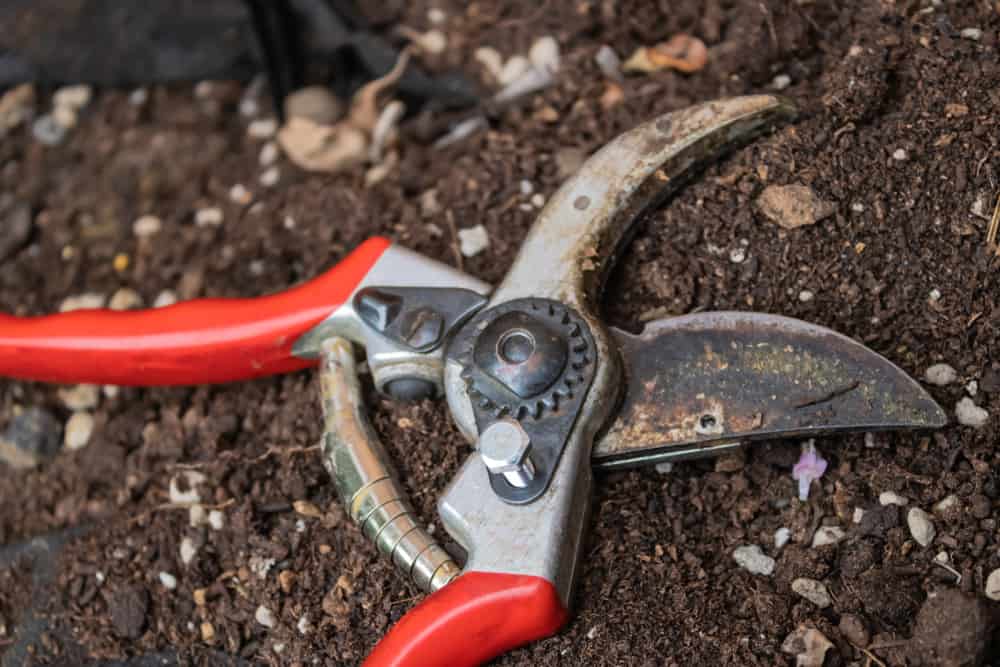
Basically, you should do this job once a year, but reasons are purely aesthetic. Be prepared that new leaves will sprout over and over again, and you will need to do quite hard work.
Remove severely damaged and dead fronds as well as those affected by fungi. If you cut the green foliage, you will probably weaken your palm and make it more susceptible to diseases.
Some gardeners prefer removing the cone as well. If you are one of them, do it carefully to avoid damaging the growing point under it. If you have a different approach, you can let it stay until breaking apart.
Sago Palm Tree Commercial Harvesting
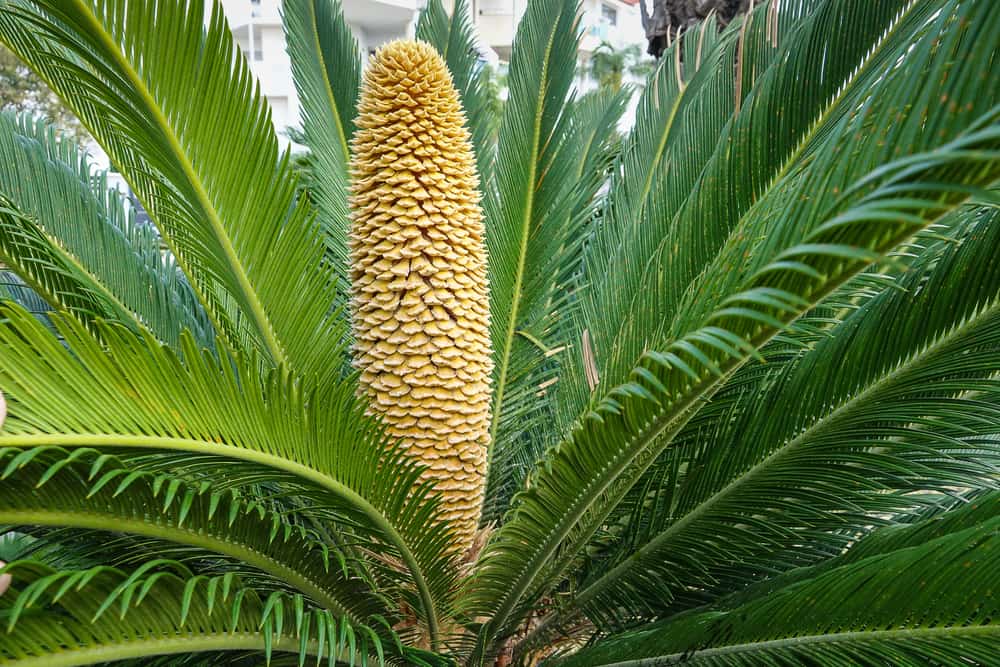
Since Sago palm plant’s evergreen fronds may keep their bright greenness for long, the florist industry, especially the one from Japan, uses them for commercial harvesting.
Also, you can expect that ‘Sago’ starch, harvested from the sponge-like center of this plant, is eatable, with a taste similar to tapioca.
Those parts of this beautiful palm are exported to Europe and North America regularly.
Harvesting Sago Palm Tree Pups
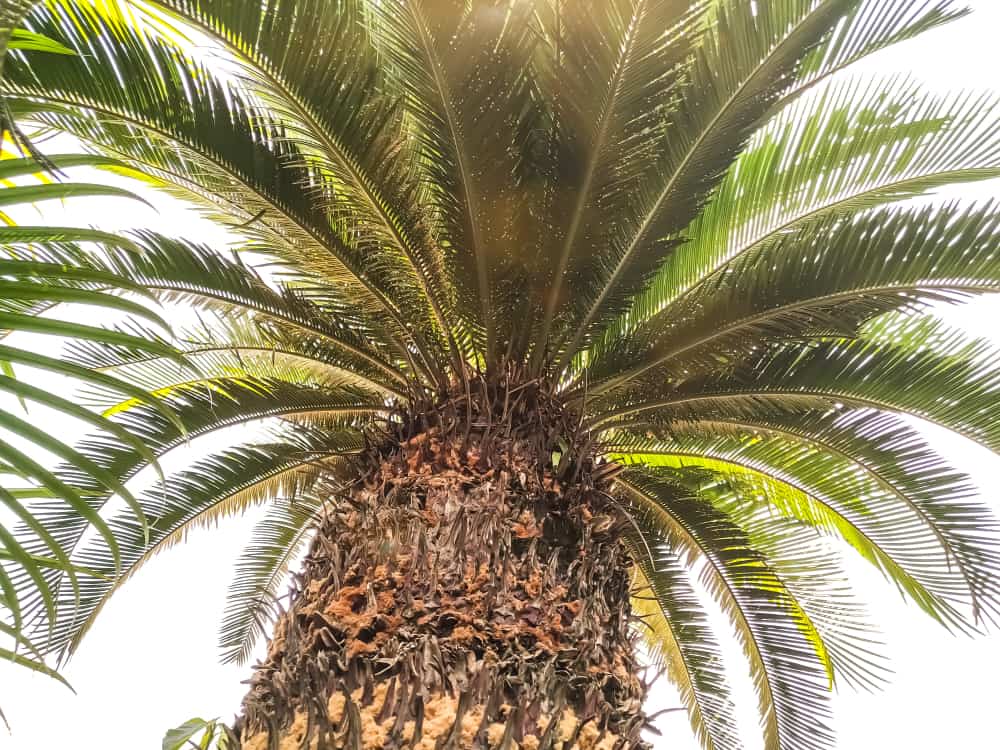
Also, there is a possibility to harvest small pups from the trunk base of female plants. Since this palm grows extremely slow and needs approximately half a century to reach full maturity, you can expect that pups of your Sago are quite expensive.
Once your palm reaches 10 to 12 feet (3 – 3.6 m) high, you can start harvesting the pup from its base. Do it in early spring or late winter when Sago is in a dormant phase. Delay harvesting for the next season if your palm has started to produce new leaves.
When the right time comes, put on gardening gloves and snap off the pup or use a knife if you can’t break it off the main plant. Take care not to damage the mother plant.
Then cut existing leaves and roots from the pup, rinse off the soil, and remove debris by using a soft brush. Keep it safe in a cold, dry place for a week until the area of cut dries. You can also let your pup there for a few months and plant it in a pot in spring.
Sago Palm Tree Pests and diseases
Manganese deficiency
Yellow splotches on fronds are usually the sign that the soil lack in manganese. You can quickly solve the problem after applying manganese sulfate to the ground at least two times a year.
Cycad scale
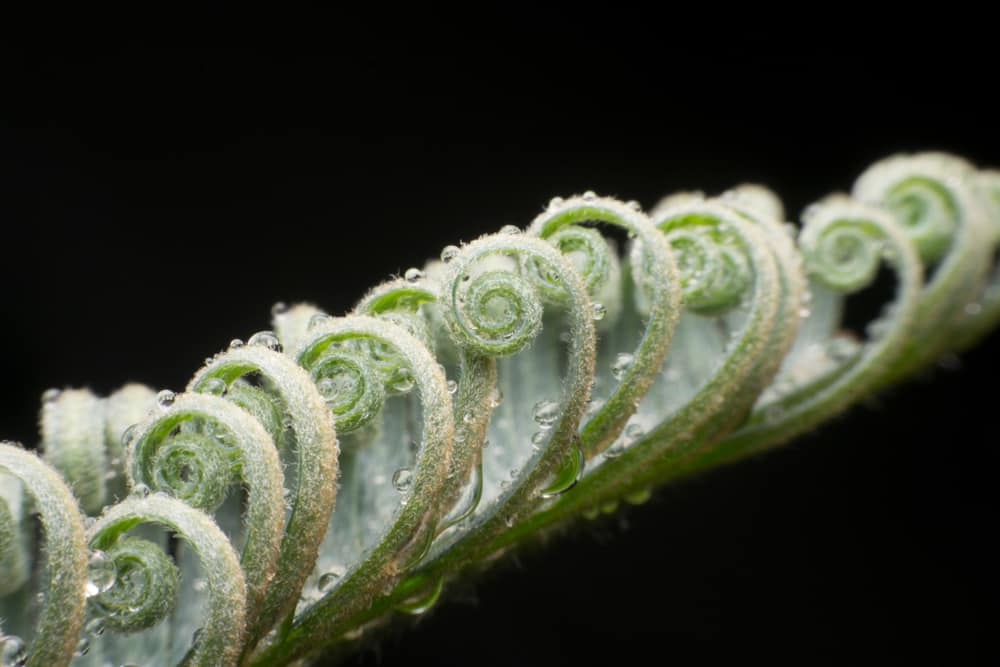
You can think that your palm has caught a fungal disease when you spot white powder in the foliage. However, this is not an infection at all. Your Sago may just have a problem with scale, a small white pest which can quickly devastate your plant.
Once it appears, prune infested fronds immediately and destroy them. Spray the palm with horticultural oil mixed with malathion once a week until getting rid of pests.
Root rot
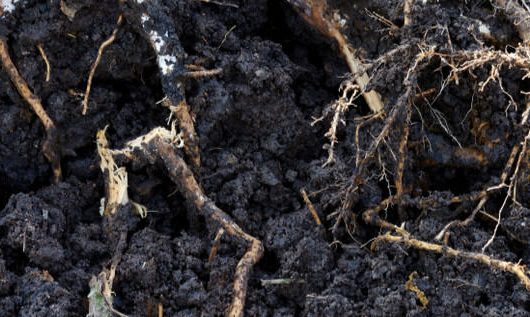
Phytophthora fungi invade the roots of Sago palm tree and cause root rot. You can notice discoloration and wilt of the fronds, as well as a dark vertical stain on the palm trunk followed by red-black oozing sap.
As a result, your plant will grow slowly or even die. The best way to prevent this disease is to plant your Sago in well-drained soil and water it moderately.
Sooty mold
When you notice the powdery, black substance on the fronds, you will know that your palm suffers from fungi. It usually occurs after aphids produce sticky honeydew and attract fungi.
Treat your Sago with an insecticidal soap spray and wait for aphids to eradicate. Fungi will disappear right after.
Fungal leaf spot
Fungi can cause anthracnose, a disease which is responsible for the occurrence of reddish-brown lesions on leaves. The only thing you can do is to destroy affected foliage and treat the plant with an appropriate fungicide.
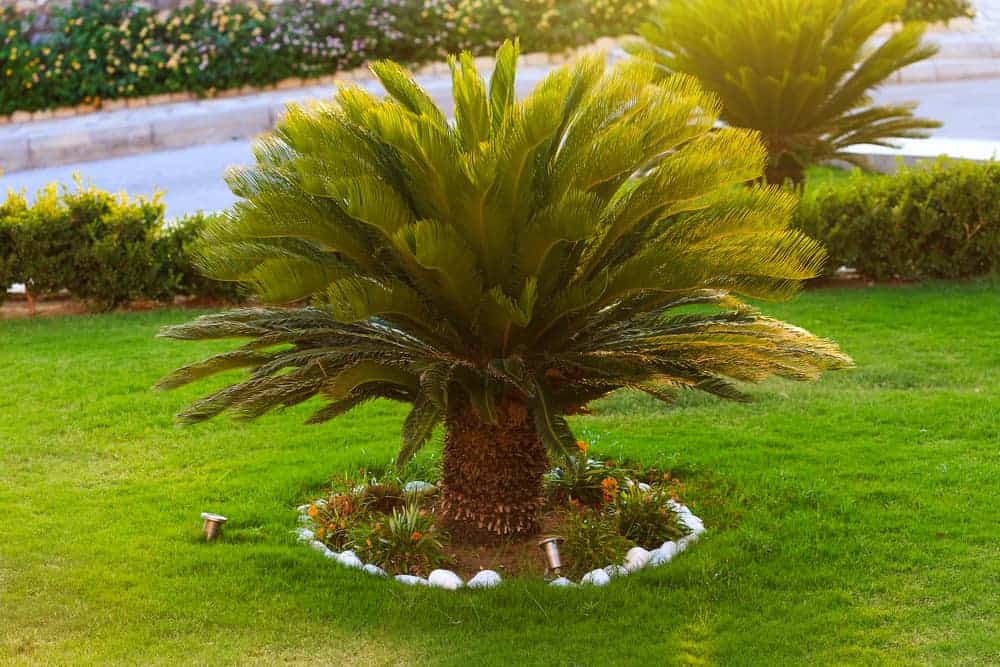
Leave a comment